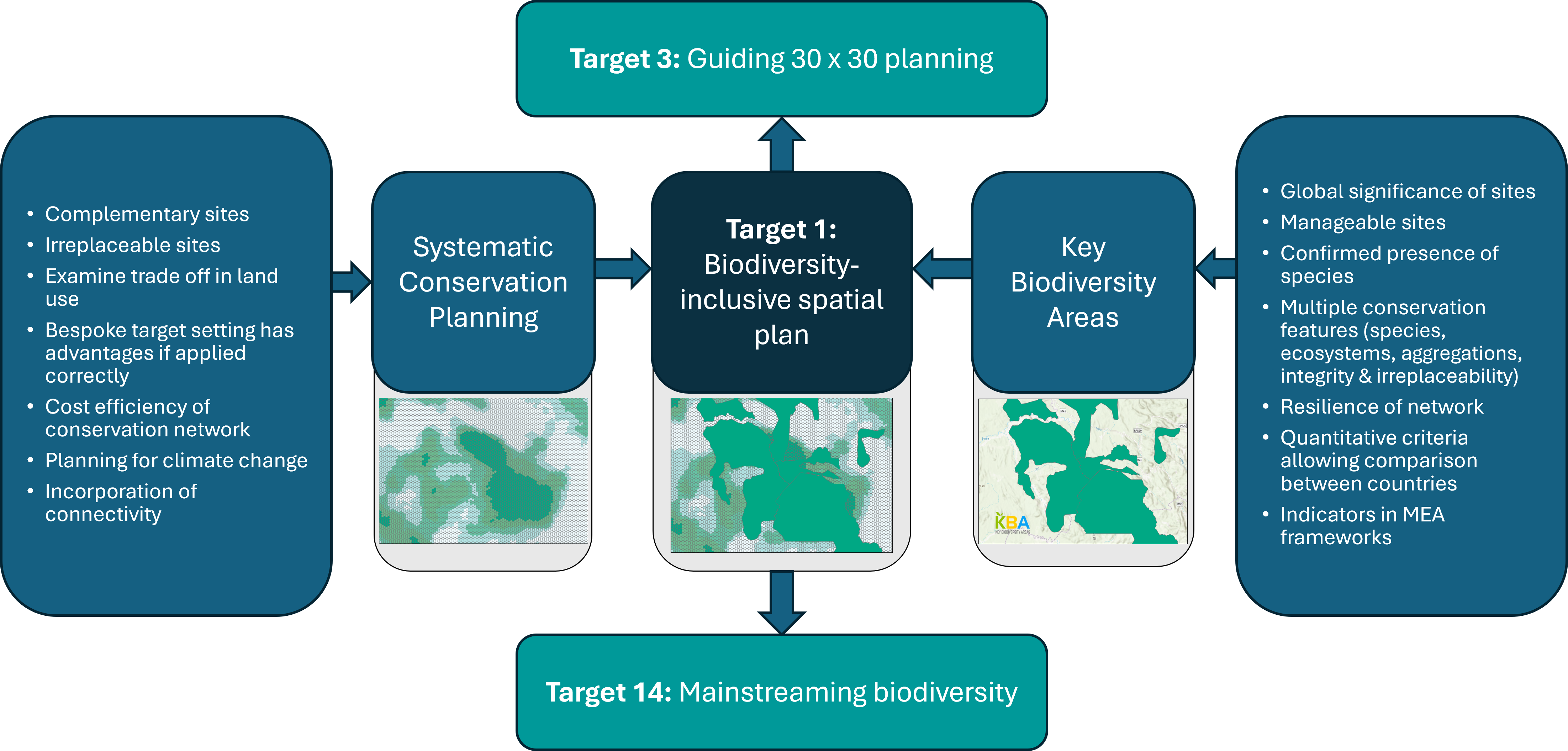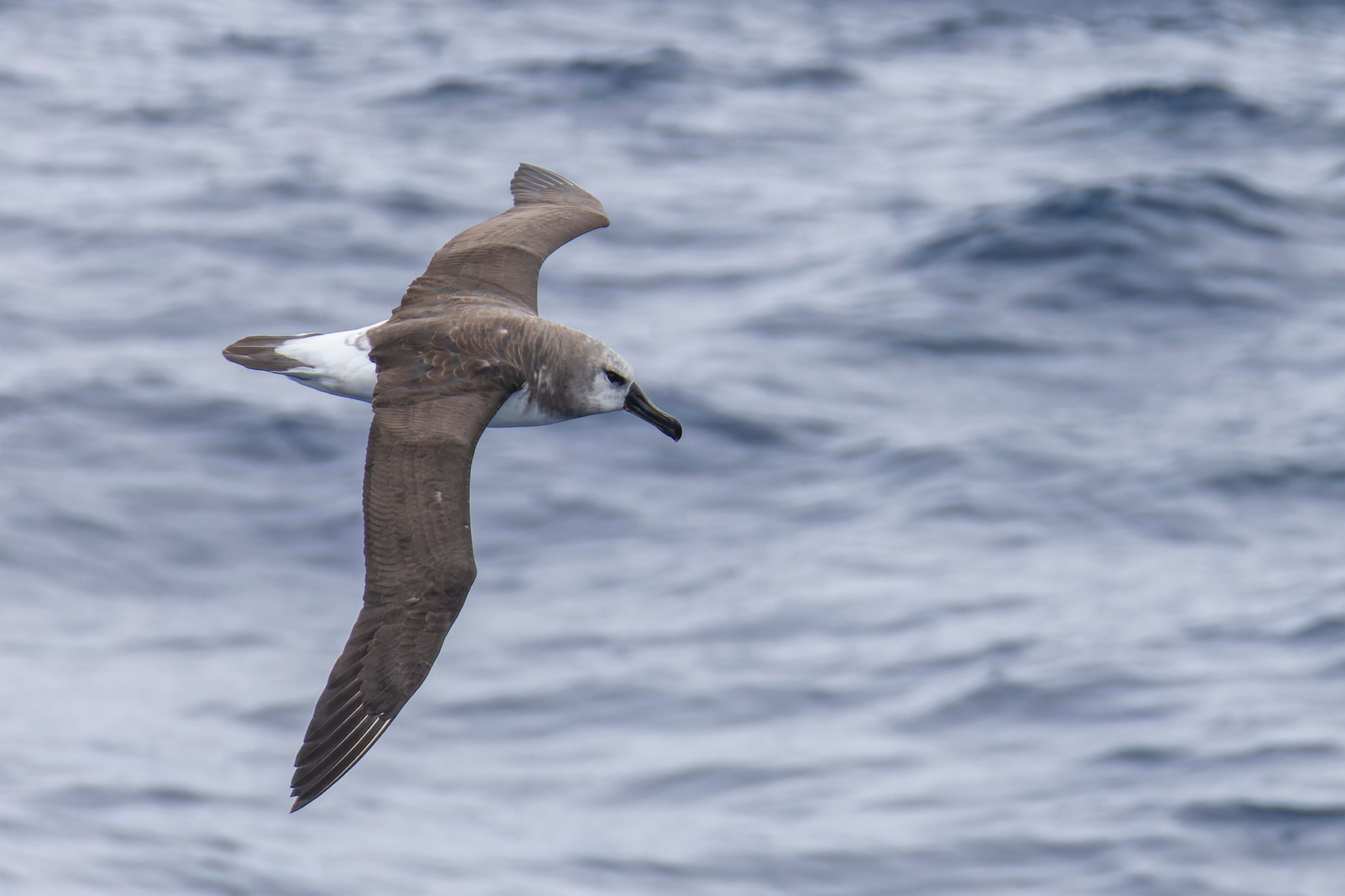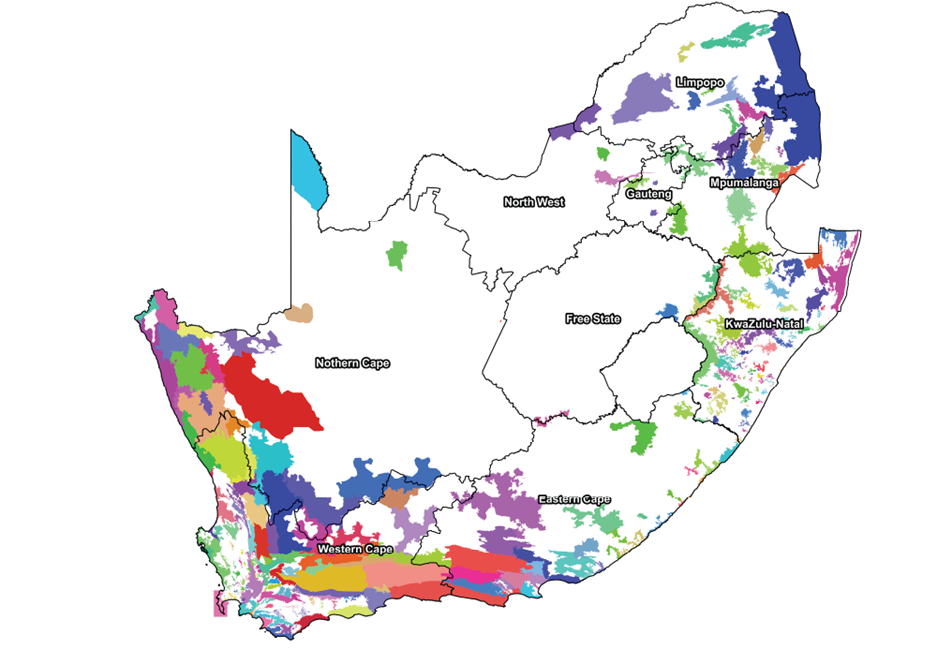The identification of 35 KBAs has led to a major step forward in conservation in Gabon.
3rd Oct 2024
Two innovative working groups created
For the first time at a national level, a group of around 20 experts, including botanists, zoologists and mycologists, representing nine taxonomic groups (flora, terrestrial mammals, marine mammals, marine fish, freshwater fish, birds, reptiles, amphibians, and fungi), collaborated to identify Gabon’s most important areas for conservation and the factors that threaten them. Despite the creation of Gabon's 13 terrestrial National Parks in the early 2000s, no prior collaborative effort at this scale had been made among Gabon's biodiversity experts. This technical working group also constitutes a first step towards establishing a national Red List working group.
In addition, a KBA National Coordination Group was established, bringing together 16 governmental, scientific, academic, conservation and civil society institutions, totalling over 60 people involved in the KBA identification process, and enabling KBAs to be directly taken into account in the National Land Allocation Plan. The discussion between scientists, civil society and political decision-makers demonstrated the value of the group in advancing the country's conservation needs. The next steps include involving other ministries active in spatial planning.
The KBA National Coordination Group of Gabon (ca. 60 members) presenting the results of the 2-year KBA identification process, on March 2024 in Libreville.
The importance of plants in the KBA identification
Gabon is home to an exceptional floristic diversity, with over 5,000 recorded plant species, and 85% of its territory is covered by tropical rainforest, only part of which has been lightly exploited for timber, making it unique in tropical Africa. Despite this, the presence of threatened plant species, and unique or threatened ecosystems has been largely overlooked during the design of terrestrial protected areas. With MBG coordinating the KBA identification process in Gabon, these aspects were, for the first time, considered when delineating the country's KBAs. A specific methodology was developed and applied to assess KBA criteria A, B1, B2 and B3a based on rare or threatened plant species, which was used in Gabon and the Republic of Congo. KBA criteria based on ecosystems have not been used due to lack of ecosystem maps or assessments on the Red List of Ecosystems.
A total of 126 (67%) of the 188 KBA-triggering species were plants, and 23 (74%) of the 31 KBAs with a terrestrial component were triggered by plant species, including 2 sites triggered solely by plants. In addition, 12 species triggered 5 KBAs according to criterion A1e (global population of CR or EN species totally included in the site), including 11 plant species.
The 188 KBA trigger species distributed by taxonomic groups
A major step towards the 30x30 objective in Gabon
Gabon is one of the countries that promoted the goal of having 30% of each country's national territory under protected status by 2030 (30x30 target) when designing the Kunming-Montreal Global Biodiversity Framework (GBF). Currently, around 27% of Gabon's marine surface and 14% of its terrestrial territory meet this target. Identifying the country's KBAs was therefore an opportunity to find out whether the country's protected areas are essential for preserving global biodiversity, and to identify new territories to be protected as a priority.
Throughout the two-year assessment period, 35 of the country's protected areas, 8 inherited KBAs and 17 terrestrial sites outside the protected area network identified as concentrating rare and threatened species by different taxonomic groups, were assessed against KBA criteria. In total, 35 KBAs, covering 110,432 km² (24% of Gabon), were identified (13 of which include inherited KBAs and/or group together several protected areas managed by the same warden): 26 terrestrial, 4 marine and 5 both terrestrial and marine sites. Among these sites, 16 terrestrial KBAs are located outside the protected area network, representing 29,779 km², or 11% of Gabon's land area. Some of these sites are currently under consideration by the government to become new protected areas or Other Effective area-based Conservation Measures (OECMs) in order to move towards the 30x30 target. While Gabon attaches particular importance to preserving its most intact rivers and wetlands, these 16 sites represent 12% of the country's rivers and 39% of its wetlands.
The 35 KBAs currently recognized, covering 24% of Gabon
A book showcasing Gabon's KBAs.
The results of this identification process are now available in a richly illustrated 220-page book. Intended for land managers from government to local communities, the private sector, and conservation actors, but also for anyone interested in discovering the often-hidden biological diversity of Gabon and most important sites for conservation, this book offers a detailed overview of Gabon's 35 KBAs and the 188 rare and threatened species that triggered KBA status. It presents the main achievements of the project, explains the methodology used, and addresses the next steps to ensure the conservation and monitoring of the sites.
The book is available as a free download in low resolution here or in high resolution here. Printed copies will be distributed in Gabon, and an English version, which may be available for purchase, is currently being prepared.
The 35 KBAs currently recognized, covering 24% of Gabon
The recently published book prepared by project’s participants and presenting the 35 KBAs of Gabon (available online at this link)


